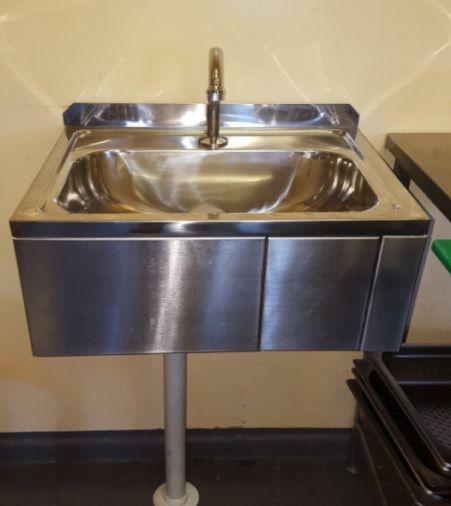How to Prevent and Address Leaks in Industrial Plumbing Networks

Industrial plumbing networks are critical to the smooth operation of manufacturing plants, refineries, and other large-scale facilities. However, leaks in these systems can lead to significant water loss, increased operational costs, equipment damage, and even safety hazards. Preventing and addressing leaks promptly is essential to maintaining efficiency, reducing downtime, and ensuring compliance with environmental regulations. Here’s a comprehensive guide on how to prevent and address leaks in industrial plumbing networks.
1. Understand the Causes of Leaks
Leaks in industrial plumbing systems can result from various factors, including:
· Corrosion: Exposure to chemicals, moisture, and high temperatures can cause pipes to corrode over time.
· High Pressure: Excessive water pressure can strain pipes and joints, leading to cracks and leaks.
· Poor Installation: Improperly installed pipes, fittings, or seals are more prone to failure.
· Aging Infrastructure: Older pipes and components are more susceptible to wear and tear.
· Temperature Fluctuations: Frequent expansion and contraction due to temperature changes can weaken pipes.
2. Conduct Regular Inspections
Routine inspections are the first line of defense against leaks. Schedule regular checks to identify signs of wear, corrosion, or damage. Use advanced tools like ultrasonic leak detectors or thermal imaging cameras to locate hidden leaks in hard-to-reach areas.
3. Invest in High-Quality Materials
Using durable, corrosion-resistant materials such as stainless steel, PVC, or CPVC can significantly reduce the risk of leaks. Choose materials that are compatible with the fluids being transported and the environmental conditions of your facility.
4. Monitor Water Pressure
Excessive water pressure is a common cause of leaks. Install pressure regulators and gauges to maintain optimal pressure levels. Regularly monitor and adjust the pressure to prevent strain on the plumbing system.
5. Implement Preventive Maintenance
A proactive maintenance program can help identify and address potential issues before they escalate. This includes:
· Flushing pipes to remove sediment and debris.
· Replacing worn-out gaskets, seals, and fittings.
· Inspecting and tightening joints and connections.
· Applying protective coatings to prevent corrosion.
6. Use Leak Detection Technology
Modern leak detection systems can provide real-time monitoring and alerts for leaks. These systems use sensors to detect changes in flow rate, pressure, or moisture levels, allowing for quick intervention before minor issues become major problems.
7. Train Staff on Leak Prevention
Educate employees on the importance of leak prevention and how to identify early warning signs, such as damp spots, unusual noises, or sudden drops in water pressure. Encourage them to report any issues immediately.
8. Address Leaks Promptly
When a leak is detected, act quickly to minimize damage. Shut off the water supply to the affected area, if possible, and repair or replace the damaged components. For complex leaks, consult a professional industrial plumber to ensure the issue is resolved correctly.
9. Upgrade Aging Infrastructure
Older plumbing systems are more prone to leaks and failures. Consider upgrading to modern, more efficient systems that are designed to withstand the demands of industrial environments.
10. Implement Water Recycling and Reuse Systems
In addition to preventing leaks, water recycling systems can reduce overall water consumption and lower the risk of leaks by decreasing the load on the plumbing network.
11. Develop an Emergency Response Plan
Despite preventive measures, leaks can still occur. Having a well-defined emergency response plan ensures that your team can act swiftly to contain the leak, minimize damage, and restore operations as quickly as possible.
Conclusion
Leaks in industrial plumbing networks can have serious consequences, but with the right strategies, they can be prevented and addressed effectively. By investing in high-quality materials, conducting regular inspections, leveraging technology, and training staff, facilities can maintain a reliable and efficient plumbing system. Proactive maintenance and timely repairs not only save costs but also contribute to the sustainability and safety of industrial operations.
This guide provides actionable insights for facility managers and maintenance teams, helping them safeguard their plumbing systems and ensure uninterrupted productivity.
- Art
- Causes
- Crafts
- Dance
- Drinks
- Film
- Fitness
- Food
- Giochi
- Gardening
- Health
- Home
- Literature
- Music
- Networking
- Altre informazioni
- Party
- Religion
- Shopping
- Sports
- Theater
- Wellness
- IT, Cloud, Software and Technology


